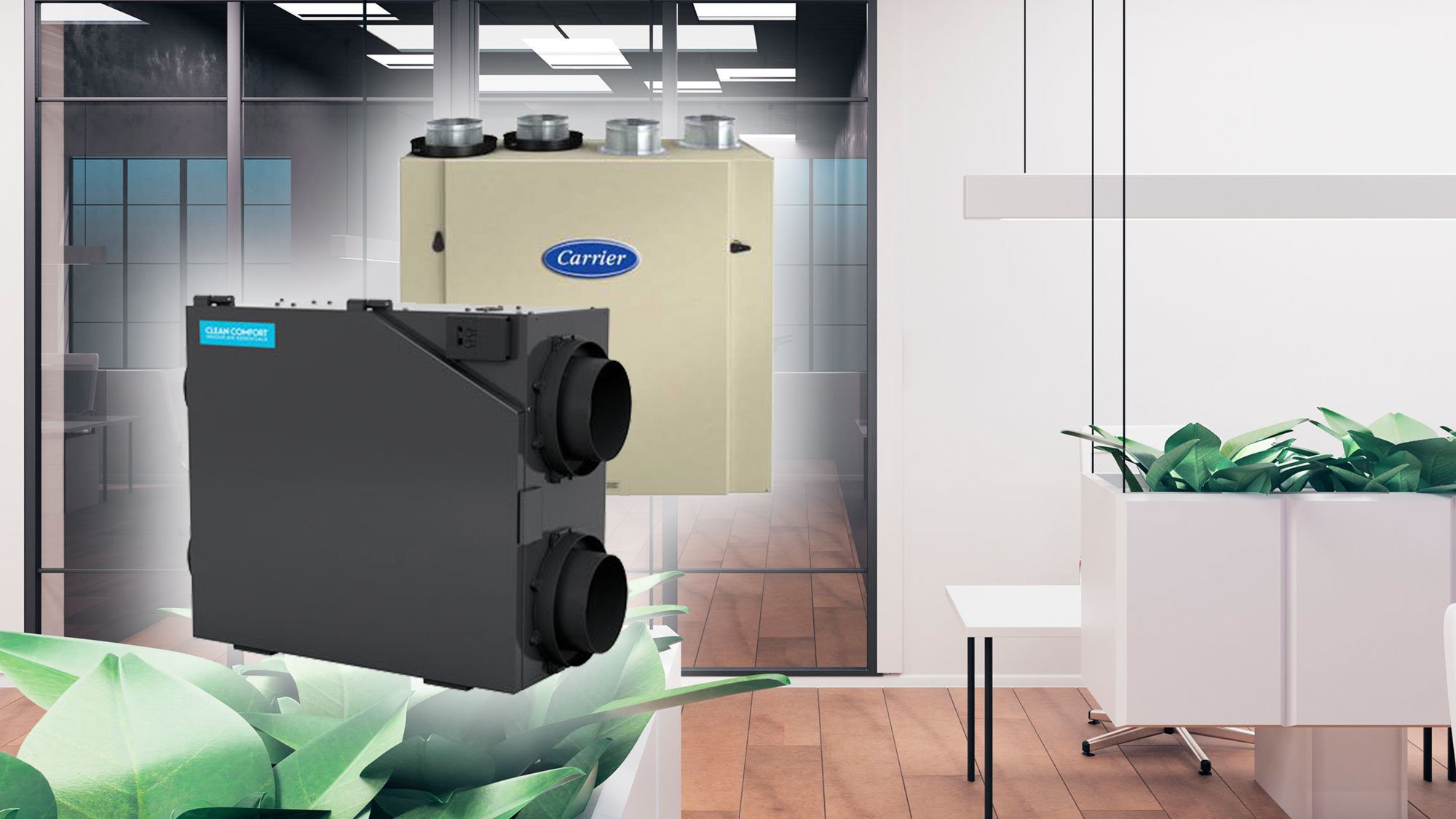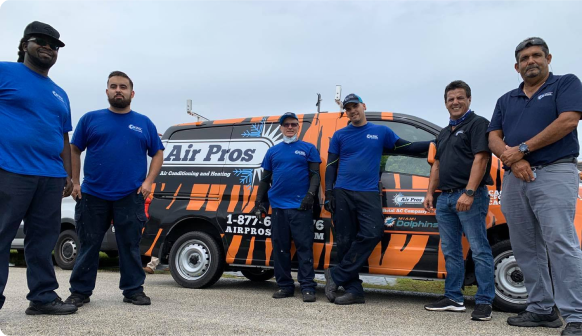Heat / Energy Recovery Ventilation is a great way to maintain the efficiency of your HVAC unit while allowing fresh air into your indoor spaces, but homeowners and building owners may have trouble deciding which is best for their building. Here at Air Pros, we can install and retrofit Energy Recovery Ventilation (ERV) systems and Heat Recovery Ventilation (HRV) systems into existing heating and cooling equipment. We can also tell you which product would best benefit your home or business for your local climate.
Understanding Why Homes and Businesses Need Mechanical Ventilation
Mechanical ventilation is the way modern, energy-efficient homes and businesses vent stale air and allow fresh air into the indoor spaces. This is necessary because natural ventilation, which occurs when a door or window is opened, is severely restricted. This is because it costs less to cool or heat air that is already been cooled or heated than it is to heat or cool outdoor air that has been allowed into the building. Mechanical ventilation systems allow for the controlled venting of stale air and the admittance of fresh air into the building without significantly increasing energy costs.
Heat Recovery Ventilation Systems
HRV systems transfer heat without moisture, meaning they do not increase or decrease humidity levels. Instead, they only transfer heat. In the winter, the heat from the stale exhaust air is transferred to the incoming cold air. In the summer, the heat from the incoming hot air is transferred to the outgoing stale air. As the air is preconditioned before entering the building, it takes less energy to heat or cool the incoming air, which saves on energy costs. The most energy-efficient models can use up to 85 percent of the outgoing heat to warm the incoming air; since the outgoing and incoming air are funneled through two separate pipes, the air never mixes, only the heat. This is similar to the operation of a radiator. As the air passes through the fins on a radiator, the heat transfers to the air from the radiator. HRVs are generally recommended in hot humid climates where additional moisture is not needed for optimal indoor air quality.
Energy Recovery Ventilation Systems
ERV systems also precondition the air by transferring heat. The only difference is that ERVs have the ability to add or subtract moisture from the fresh air entering the building. This means that in the winter, the ERV transfers heat and moisture in order to maintain steady indoor humidity levels, which are needed to maintain indoor comfort and prevent damage to finishes, like wood, that could crack in extremely dry conditions. In the summer, the ERV removes heat and moisture from the incoming air and vents it outdoors. This helps keep the interior spaces cool while still allowing fresh air into the spaces. ERVs can be used in any climate, but they are typically preferred in climates and regions that do not have year-round high humidity levels.
To learn more about Heat/Energy Recovery Ventilation systems and to determine which one would be right for your home or business, give Air Pros a call today.











